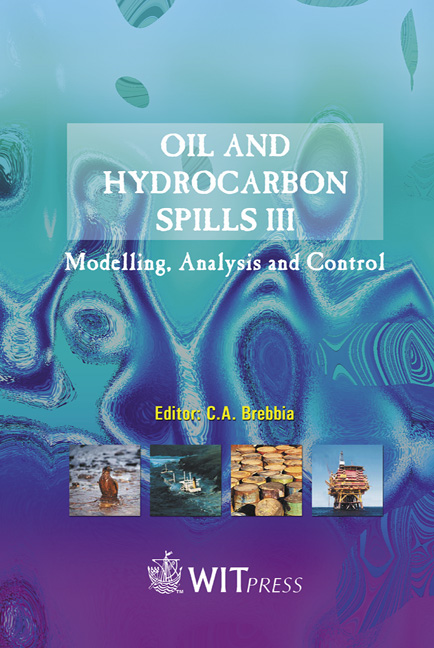Simulated Time-based Studies To Evaluate Changes In Crude Oil Composition Through Evaporation And Biodegradation
Price
Free (open access)
Transaction
Volume
59
Pages
Published
2002
Size
476 kb
Paper DOI
10.2495/OIL020181
Copyright
WIT Press
Author(s)
G. Harrison & N. A. Lamont
Abstract
This study examines changes through evaporation and through biological degradation. Results are reported for the analysis of a selection of crude oil residues by Fourier-transfer infrared (FTIR) analysis, gas chromatography primarily with flame ionisation detection (GC-FID). The principal peaks of the chromatograms produced by the oils have been allocated retention times and carbon numbers assigned by the use of a mixed n-alkane standard, with confirmation of carbon numbers acquired by gas chromatography combined with mass spectroscopy (GC-MS). In GC-FID analysis the n-alkanes in the range nonane to triacontane were used as a tool for the observation of the variation in degradation caused by the different physical and chemical conditions applied. This has made it possible to distinguish the removal of crude oil components from the profiles over time. It has therefore been feasible to ascertain those conditions most favourable to the weathering process and the differences caused in the residue profile. In FTIR, the use of relative absorbances of C-H stretching peaks was considered to identify oil source and for monitoring compositional changes. 1 Introduction There are many sources of petroleum hydrocarbons in the environment and the incidents of where the marine environment has been polluted have received much media coverage. Spills in inland environments account for approximately 28% of the petroleum hydrocarbons in marine waters with many rivers transporting this inland source to the sea being chronically polluted [1].
Keywords





